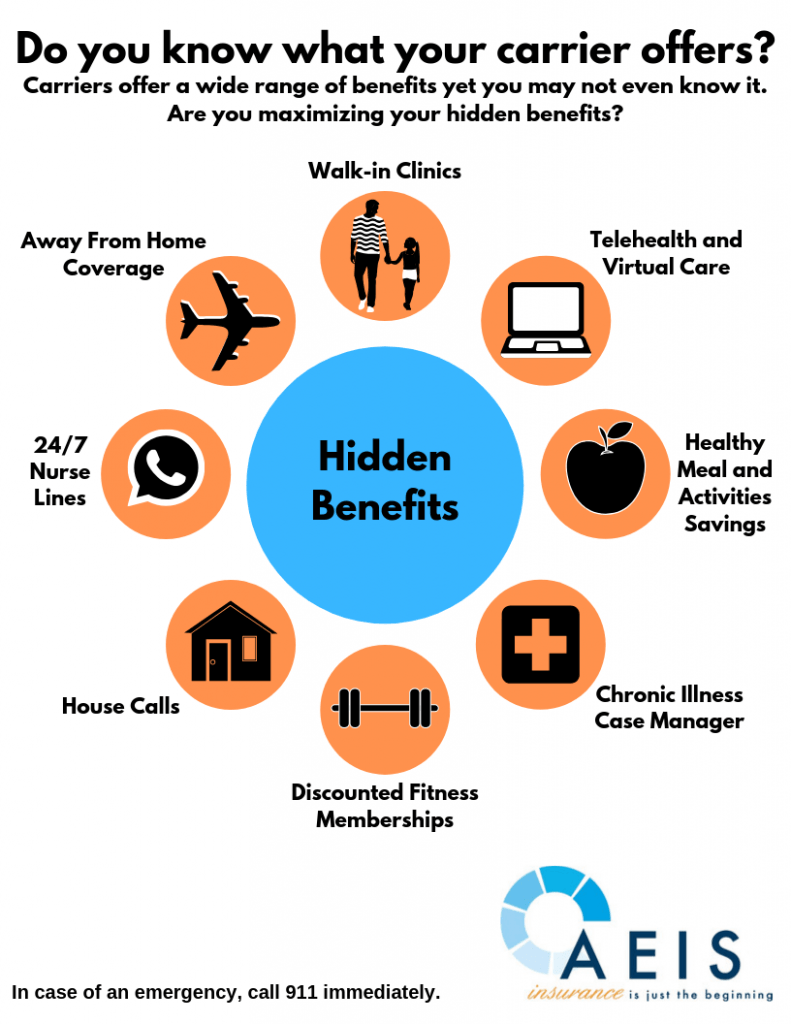Top Guidelines Of Medicare Advantage Agent
Top Guidelines Of Medicare Advantage Agent
Blog Article
The Best Strategy To Use For Medicare Advantage Agent
Table of ContentsGetting My Medicare Advantage Agent To WorkThe smart Trick of Medicare Advantage Agent That Nobody is Talking AboutThe Ultimate Guide To Medicare Advantage Agent

follows from complies with the perplexing young age profile of account uninsured with the better health, on average, standard younger persons. For those without accessibility to work environment wellness insurance coverage, bad health and wellness is a possible obstacle to purchasing nongroup coverage because such coverage might be highly priced, leave out preexisting conditions, or be merely not available. Unless or else noted, national price quotes of individuals without health and wellness insurance coverage and percentages of the populace with various kinds of insurance coverage are based on the CPS, the most widely used source of price quotes of insurance policy protection and uninsurance rates.

The Of Medicare Advantage Agent
The connection between health and wellness insurance and accessibility to care is well established, as documented later on in this phase. The relationship in between health and wellness insurance coverage and wellness outcomes is neither straight nor straightforward, a considerable scientific and wellness services research literature links health insurance coverage
to improved access accessibility care, better far betterTop quality and improved boosted and population health wellness. The 2nd report, on individual health and wellness end results for without insurance adults, is represented by the inner circle of the figure, while the 3rd report, on household wellness, encompasses the subjects of the second record but stresses a different unit of analysis, particularly, the family.
It concentrates especially on those without any type of wellness insurance policy for any length of time. The problems dealt with by the underinsured are in some respects comparable to those encountered by the uninsured, although they are normally much less serious. Uninsurance and underinsurance, nevertheless, entail distinctly various policy concerns, and the strategies for addressing them might vary. Throughout this research and the 5 reports to follow, the primary focus gets on persons with no health and wellness insurance policy and hence no help in paying for health care past what is readily available via charity and safeguard organizations. Health insurance coverage is an effective element impacting receipt of treatment because both patients and medical professionals reply to the out-of-pocket price of solutions. Wellness insurance, nonetheless, is neither essential nor adequate to access to medical solutions. However, the independent and direct result of health and wellness
insurance policy coverage on access to wellness solutions is well developed. Others will certainly acquire the healthcare they require also without health insurance coverage, by paying for it out of pocket or seeking it from providers who use care complimentary or at extremely subsidized prices. For still others, medical insurance alone does not make sure invoice of care since of various other nonfinancial obstacles, such as an absence of health and wellness treatment suppliers in their area, minimal access to transportation, illiteracy, or etymological and cultural differences. Formal research concerning without insurance populaces in the United States dates to the late 1920s and early 1930s when the Committee on the Price of Medical Treatment created find this a collection of reports about financing doctor workplace visits and hospitalizations. This problem ended up being significant as the numbers of medically indigent climbed up during the Great Depression. Empirical studies consistently support the web link between access to care and improved health end results(Bindman et al., 1995; Starfield, 1995 ). Having a routine resource of care can be thought about a predictor of accessibility, instead of a direct measure of it, when wellness outcomes are themselves utilized as access signs. This expansion of the idea of access dimension was made by the IOM Committee on Keeping Track Of Access to Personal Healthcare Solutions(Millman, 1993, p. Whether moms and dads are guaranteed shows up to affect whether their youngsters receive treatment in addition to exactly how much careeven if the children themselves have protection(Hanson, 1998). The wellness of parents can influence their ability to care for their children and the level of family tension. Fretting about their kids's accessibility to care is itself a resource of anxiety for moms and dads. Three chapters comply with in this record. Phase 2 offers a review of just how employment-based health insurance, public programs and specific insurance coverage run and communicate to supply substantial but incomplete protection of the united state population. This includes an evaluation of historic patterns and public laws influencing both public and exclusive insurance, a discussion of the interactions amongst the various sorts of insurance coverage, and an examination of why individuals move from one program to an additional or end up

Report this page